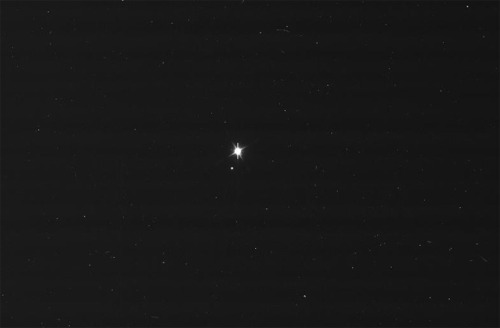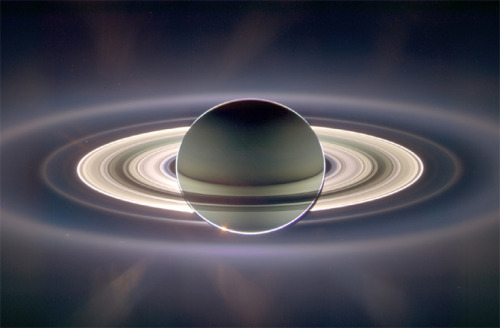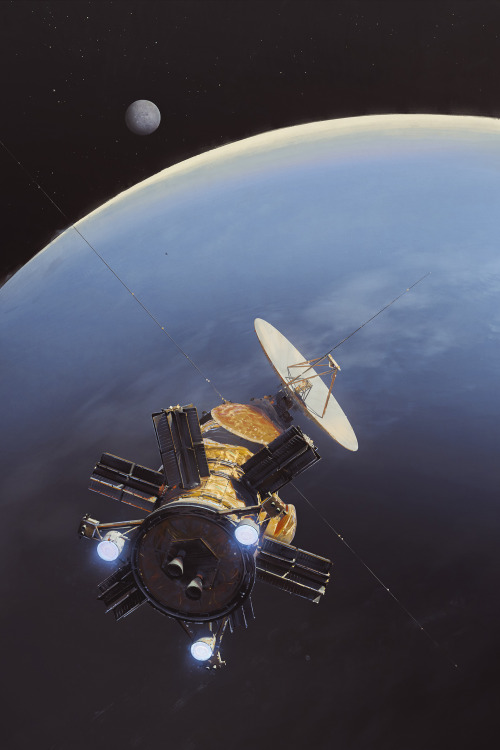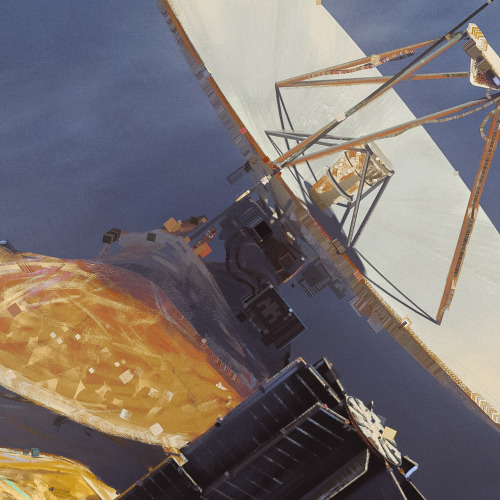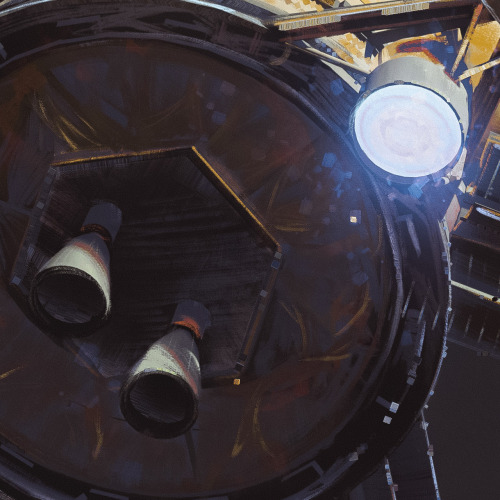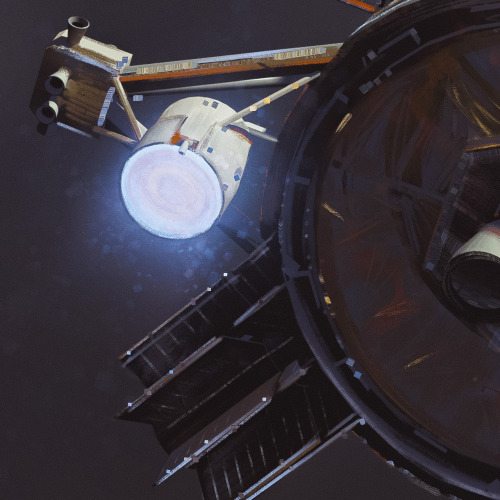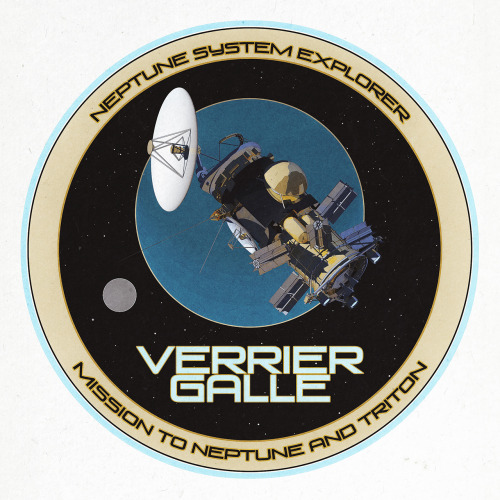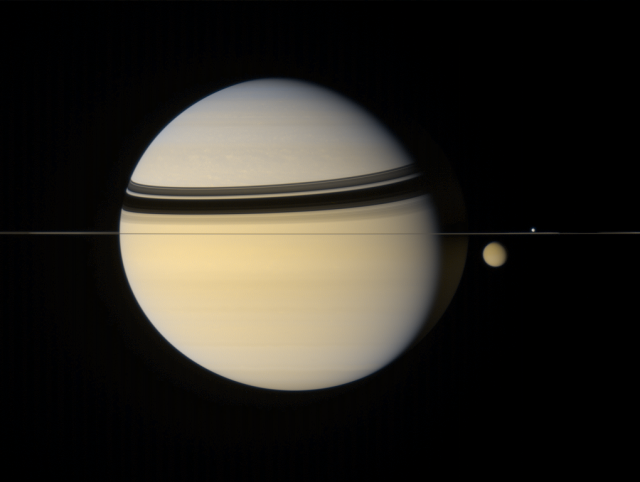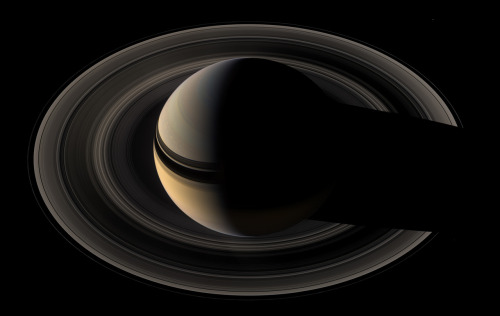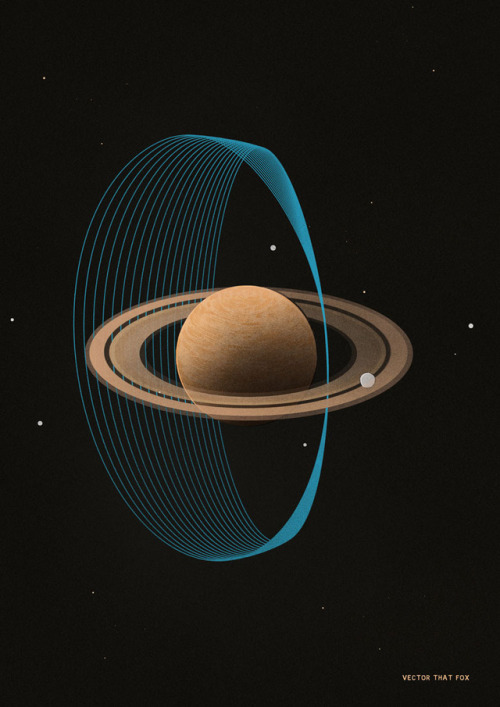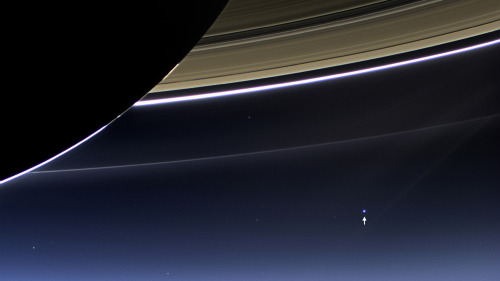#cassini
Distant Earth: A History of ‘Pale Blue Dots’
NASA’s Cassini spacecraft may have done it, but it certainly wasn’t the first space mission to image Earth from deep space. So, let Discovery News’ space historian Amy Shira Teitel take you on a cosmic tour through the history of the “Pale Blue Dot" — a tiny pixel we call home. Browse the entire gallery
“From this distant vantage point, the Earth might not seem of any particular interest. But for us, it’s different. Consider again that dot. That’s here, that’s home, that’s us. On it everyone you love, everyone you know, everyone you ever heard of, every human being who ever was, lived out their lives. The aggregate of our joy and suffering, thousands of confident religions, ideologies, and economic doctrines, every hunter and forager, every hero and coward, every creator and destroyer of civilization, every king and peasant, every young couple in love, every mother and father, hopeful child, inventor and explorer, every teacher of morals, every corrupt politician, every “superstar,” every “supreme leader,” every saint and sinner in the history of our species lived there – on a mote of dust suspended in a sunbeam.” — Carl Sagan on Voyager 1’s famous “Pale Blue Dot,“ Cosmos
Post link
Speculative mission
Neptune system space probe “Verrier-Galle”. Roughly based on a “Neptune System Explorer” study from 2011 by JPL and NASA, which would be a Cassini-style spacecraft exploring Neptune and its moons.
I had started working on this back in 2015, then abandoned it for another 2 years, then picked it up again in late 2017, to finally rediscover and finish it this week. Thanks @kowalska_kaska for cool Neptune facts that reminded me about this piece ️
Post link
Some things about Saturn:
- The Main rings average only about 10 metres thick
- Saturn is less dense than water
- Wind speeds at the Equator can reach up to 1800 kilometres an hour
- The planet is gaseous, and therefore it does not rotate evenly making it difficult to measure the length of a day.
Post link
Cassini Logic*, 2018.
Another space-based illustration, in response to the Cassini–Huygens mission’s beautiful final act in 2017.
Available as a print, and a vinyl sticker here.
*The title is because of the song ‘Houdini Logic’ by Circle Takes The Square. At first it was probably just because the words sound similar, but the more I thought about it, the more I saw parallels between the mission and the brilliant / awful song that I loved so much as a teenager.
Post link
Saturn’s moon Enceladus is one of the most fascinating bodies in the solar system and a possible target in the hunt for extraterrestrial life. It’s thought that beneath its frozen surface there is extensive liquid water, which could potentially support life. Enceladus has cryovolcanoes that periodically erupt; the Cassini orbiter captured this image of the moon venting icy water into space.
Post link
Dione by Cassini (© NASA)
— Posted by mrgt on Bazaar.co
https://bazaar.co/mrgt/space-porn/posts/16938
Post link
La terra vista da Saturno (Earth seen from Saturn)
Credit: NASA/JPL-Caltech/Space Science Institute
Post link



